Communities living around the Salton Sea in California, US, are frequently exposed to levels of hydrogen sulfide that exceed the state’s air quality standards, a new study has found. The researchers found that the location of the current sensors within the communities neglect the effect of wind direction, resulting in consistent underestimation of the frequency and distribution of hydrogen sulfide emissions from the Salton Sea.

Originally formed in 1905 when water escaped from irrigation systems, the Salton Sea is considered California’s largest lake, but also classified as an inland sea due to its lack of outflows. It has a long history of pollution, mostly from agricultural run-off and treated wastewater. This has created a suite of health problems for nearby communities.
The hydrogen sulfide emissions are created by sulfate-reducing Beggiaota bacteria. High temperatures in the summer create a strong separation between warmer surface waters and cooler, denser bottom waters, trapping oxygen at the surface. The anoxic environment at the bottom of the lake facilitates Beggiaota’s decomposition of organic matter, in the process reducing sulfate from agricultural run-off into hydrogen sulfide that diffuses into the atmosphere.
For residents on the north shore of the Salton Sea, there has been increasing concern regarding the smell and health effects of constant hydrogen sulfide exposure. Study author Diego Centeno, who conducted the research while at Brown University and is now at UCLA, grew up on the north shore and has experienced the health effects of hydrogen sulfide exposure first hand. ‘A few of the common symptoms are nausea, headaches sometimes … [but] hydrogen sulfide exposure doesn’t just affect public health. It also affects quality of life.’
Aiming to address a lack of direct monitoring in the lake, local nonprofit Alianza, in collaboration with four US universities, erected its own sensor on the water to record direct emissions. While the current California Air Resources Board air quality standards are 30ng/ml per hour, the team recorded concentrations nearing 200ng/ml at times, according to Centeno.
While this alone is alarming, the current standards are probably insufficient, says David Lo, director of the Center for Health Disparities Research at the University of California, Riverside, who was not involved in the new work. Lo studies the abnormally high incidence of asthma in Salton Sea communities. ‘Keep in mind that a standard acceptable level is often an arbitrary number that somebody decides [on]… when the industry decides that, oh, we can’t keep it down to safe levels, we just raise the acceptable level.’
The study was born from a community science initiative by Alianza, which aimed to highlight the environmental injustice these communities face. Over 23% of the mostly Latin and Torres Martinez Desert Cahuilla Indian communities on the north shore live below the poverty line and already experience higher rates of respiratory illnesses.
However, Mara Freilich, a study co-author and environmental scientist also at Brown, hopes the study can also serve as an example of the power of working with local communities. ‘I think one thing that really strikes me about this [study] is just the depth of talent in the community.’ She adds, ‘we hope that this type of research really can be used for [not just] science-based decision making, but also for a more nuanced understanding of processes, using knowledge of people who are living in these extreme environments’.
References
D Centeno et al, GeoHealth, 2025, DOI: 10.1029/2024GH00132


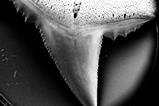


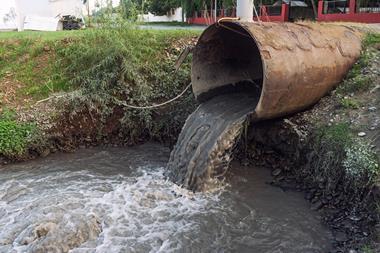



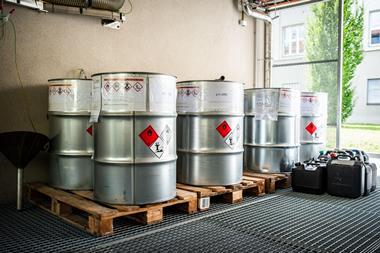
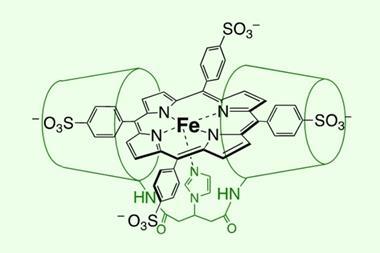


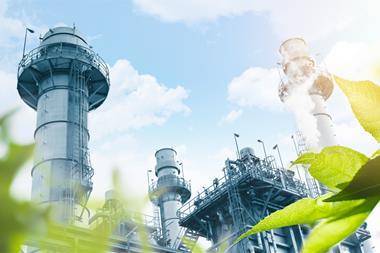



No comments yet